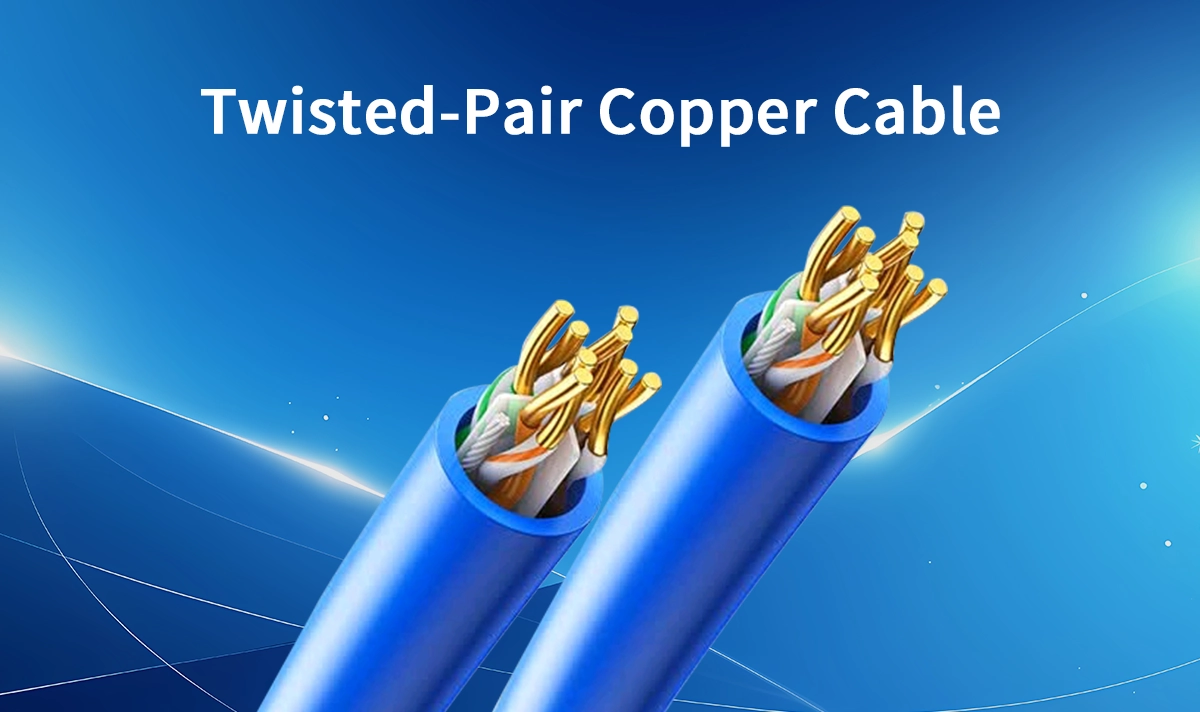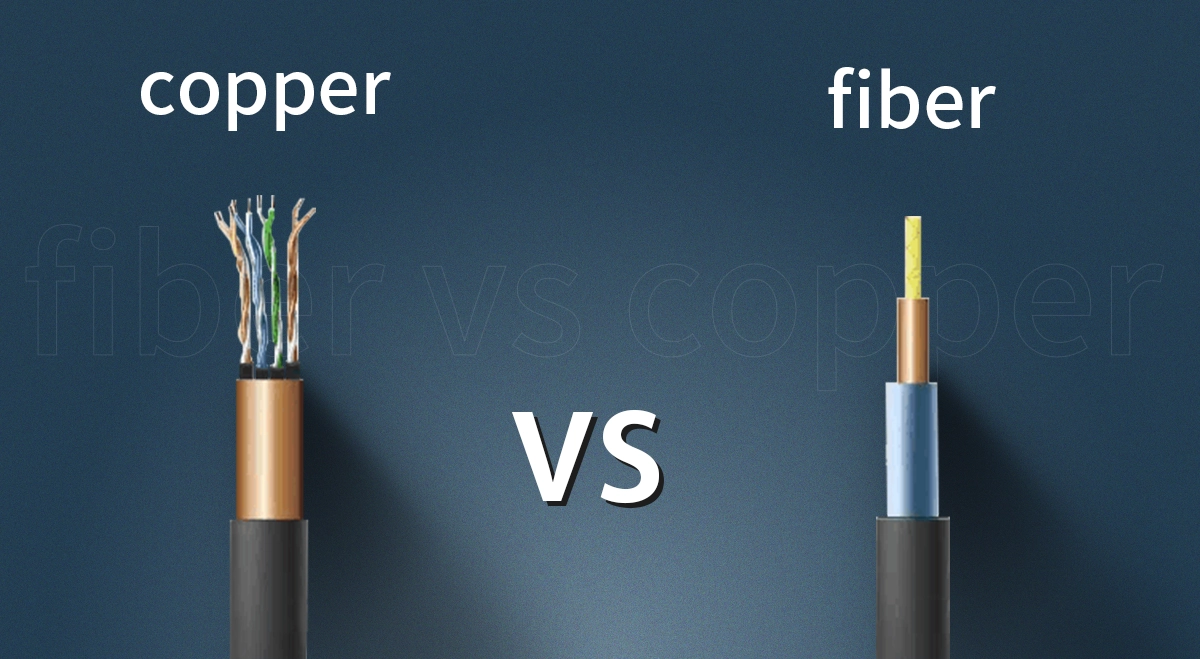
In the age of blazing-fast fiber optics and wireless everything, it's easy to overlook the humble twisted-pair copper cable. Yet, look behind any desk, in any server room, or within your walls, and you'll find this workhorse quietly delivering the internet, phone service, and data that power our daily lives. It's the foundational technology for Ethernet cabling and local area networks (LANs) worldwide.
But what exactly is it, how does it work, and is it still relevant? This deep dive will explore the enduring world of twisted-pair cable, its various categories (Cat5e, Cat6, Cat7), and its surprising synergy with cutting-edge fiber technology.
📝 What is a Twisted-Pair Cable & How Does It Work?
At its core, a twisted-pair cable is exactly what it sounds like: pairs of copper wires twisted together. This simple design is pure genius. The primary reason for the twist is to cancel out electromagnetic interference (EMI) and crosstalk – the unwanted signal transfer between adjacent wires or cables.
How Cancellation Works: When two wires are twisted, the electromagnetic fields from each wire interfere with each other. Because the wires are physically close and twisted, these interfering fields effectively cancel each other out, preserving the integrity of the data signal being transmitted.
A typical cable has four twisted pairs (eight wires total), all encased in a protective outer jacket. The tighter the twist, the better the cancellation and, generally, the higher the potential data rate.
📝 Types of Twisted-Pair Cables: Shielded (STP) vs. Unshielded (UTP)
There are two main varieties you'll encounter:
Unshielded Twisted-Pair (UTP): This is the most common type, used for most office and home network installations. It relies solely on the twisting of the wires for noise cancellation. It's flexible, low-cost, and easy to install.
Shielded Twisted-Pair (STP): STP cables include a foil or braided mesh shielding around the pairs or the entire cable. This provides extra protection against EMI, making it ideal for environments with heavy machinery, large motors, or where cables run alongside power lines.
📝 Twisted-Pair Categories: From Cat5e to Cat8
Not all Ethernet cables are created equal. They are classified into "categories" that define their performance specifications, primarily bandwidth (MHz) and data rate (Gbps).
Category | Bandwidth | Max Data Rate (at 100m) | Common Applications |
|---|---|---|---|
Cat5e | 100MHz | 1Gbps | Home networks, older office installations. |
Cat6 | 250MHz | 1Gbps (10Gbps up to 55m) | Modern office networks, PoE applications. |
Cat6a | 500MHz | 10Gbps | Data centers, high-performance LANs. |
Cat7 | 600MHz | 10Gbps | Heavy-duty server rooms, high-EMI environments. |
Cat8 | 2000MHz | 25/40Gbps | Short-run data center backbone connections. |
Table: Comparison of common twisted-pair Ethernet cable categories.
📝 Copper vs. Fiber: An Unexpected Partnership

It's true that fiber optic cables offer superior speed, distance, and immunity to EMI. So, why do we still use copper?
Cost & Power: Copper cabling is significantly cheaper both to manufacture and install. Crucially, it can deliver Power over Ethernet (PoE), which allows a single cable to provide both data and electrical power to devices like VoIP phones, wireless access points, and security cameras.
The key is that these technologies aren't rivals; they are partners. A typical network journey often starts on fiber for long-haul, high-speed data transfer, then terminates at a network switch. From there, the connection to your desktop computer, phone, or access point is almost always a twisted-pair copper cable.
This is where the bridge between copper and fiber is built. A media converter or a SFP module in a switch is used to convert the optical signal from fiber into an electrical signal for copper (and vice versa). This is a critical point in any network and demands high-quality, reliable hardware.
For seamless fiber to copper conversion, high-performance SFP modules are essential. Brands like LINK-PP specialize in manufacturing reliable, compatible transceivers that ensure this handoff is flawless. For instance, integrating a LINK-PP LP-SFP-MSRC Gigabit Copper SFP module into your switch allows you to easily connect to a Cat6a cable run, providing a stable and high-speed link to your end devices.
📝 Choosing the Right Cable for Your Network
Selecting the right Ethernet cabling solution depends on your needs:
Home/Office (1Gbps): Cat5e or Cat6 is sufficient.
High-Speed Office/Gaming (10Gbps): Opt for Cat6a for runs up to 100m.
Data Center/High EMI: Consider Cat7 or Cat8 for specific short-run applications or shielded solutions.
Always think about future-proofing your network infrastructure. Installing a higher category cable now can save on costly upgrades later.
📝 Conclusion
A robust network is built from the ground up, and it all starts with the right cabling and hardware. Whether you're planning a new installation or upgrading your existing network infrastructure, understanding twisted-pair cable is the first step.
For the critical junctures where your copper and fiber networks meet, ensure you have reliable, compatible equipment. Explore LINK-PP's full range of high-quality optical transceivers and SFP modules, like the LINK-PP LP-RJ45TG-3YC for 10-Gigabit copper connections, designed for maximum performance and compatibility.
➡️ Contact our experts today to find the perfect solutions for your connectivity needs!
📝 FAQ
What is the main job of twisted-pair copper cable?
Twisted-pair copper cable carries data or voice signals between devices. The twisted wires help block outside noise. This keeps the signals clear and strong.
Can twisted-pair cables work for both internet and phone lines?
Yes, twisted-pair cables support both internet and phone connections. Many homes and offices use these cables for Ethernet networks and telephone systems.
How far can data travel in a twisted-pair cable?
Most twisted-pair cables send data up to 100 meters (about 328 feet) without losing quality. Longer cables may cause weaker signals or slower speeds.
What is the difference between Cat 5e and Cat 6 cables?
Cat 6 cables support higher speeds and block more noise than Cat 5e cables. Cat 6 works better for busy networks or places with lots of electronic devices.
Do twisted-pair cables need special tools for installation?
Installers often use a cable stripper and a crimping tool. These tools help cut, strip, and connect the wires safely. Proper tools make the job easier and safer.




